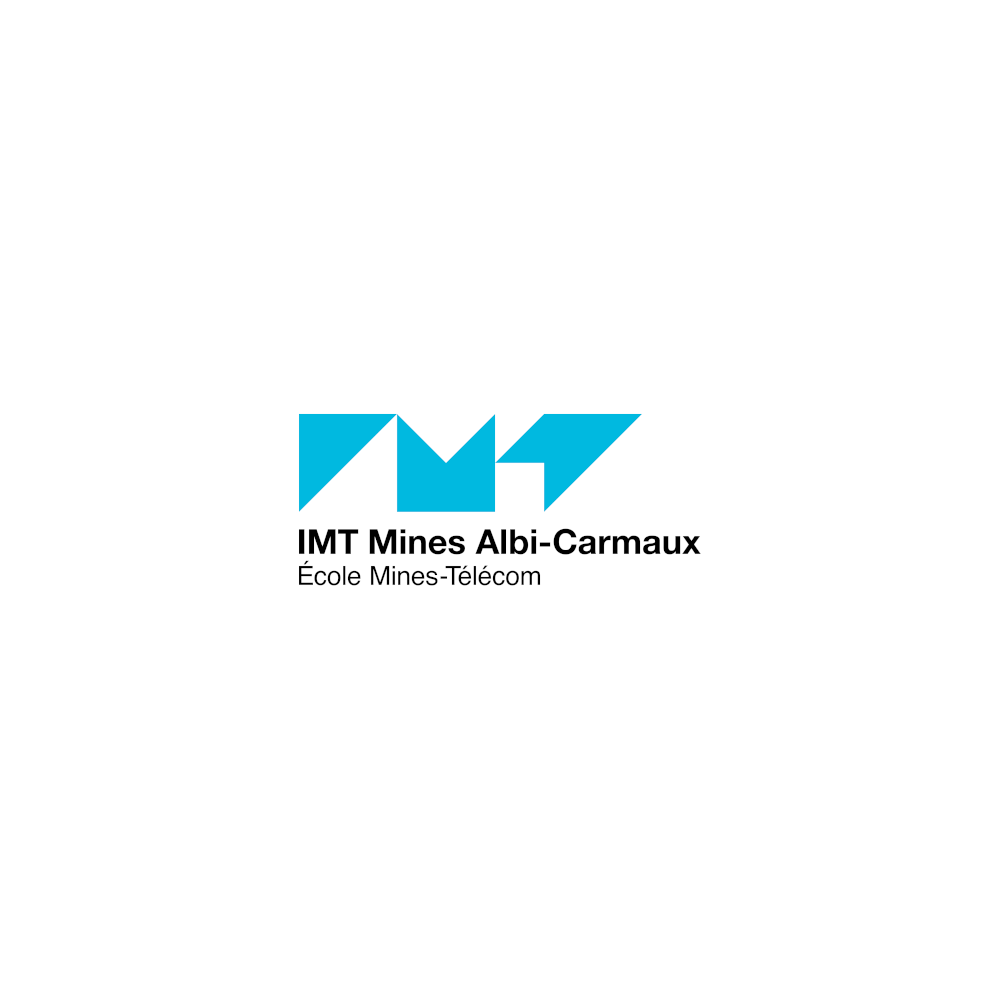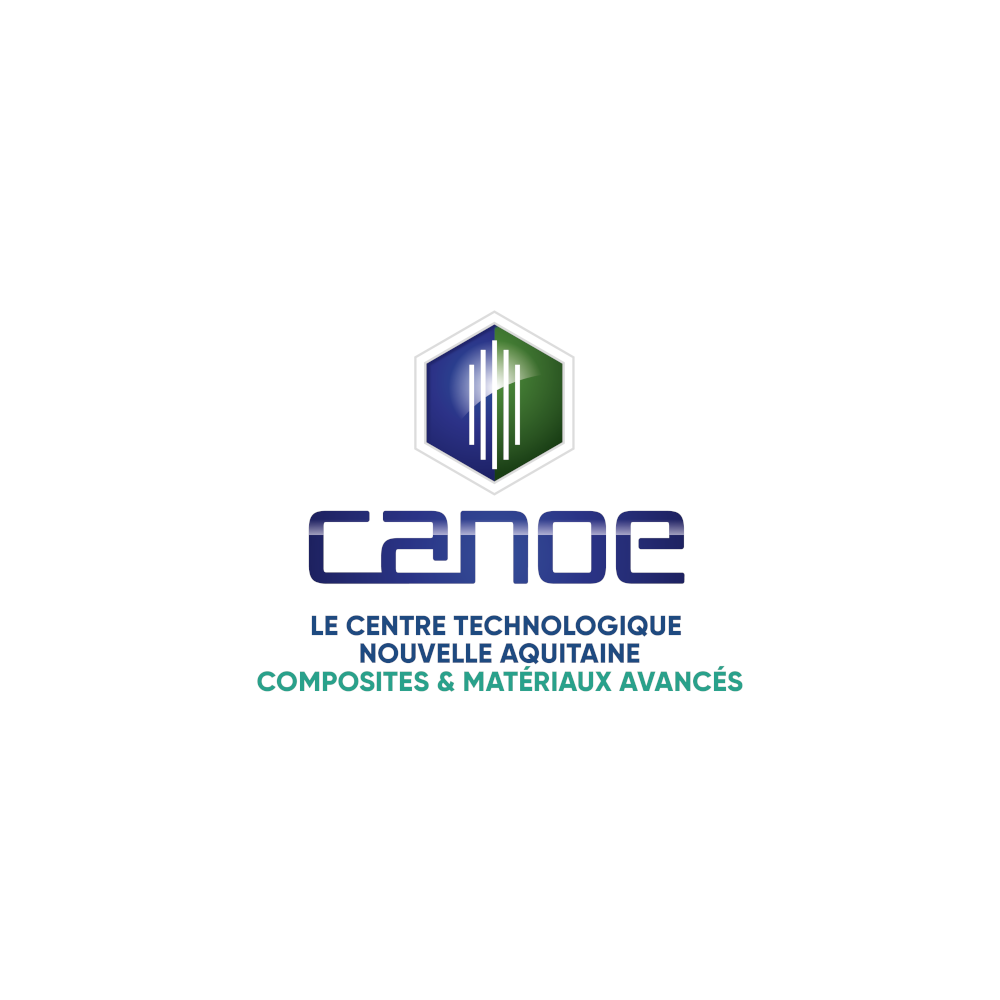Mines d’Albi
36 months
2024
€ 314 735
Goal
Two innovative design strategies will be studied: (A) The functionalization of the surface of the tapes inducing particular interface properties under a specific thermomechanical load; (B) The adaptation of the winding stratification to overcome the imbrication of adjacent layers and avoid fiber breakage during peeling.
Two disassembly strategies, by application of stimuli (I) Ultrasonic assistance and/or (II) Working at low temperature or at high peeling speed will be studied to promote the embrittlement of the interface.
The peeled tapes will be re-wound. Mechanical characterizations will be carried out after manufacturing, peeling and reuse of the tapes. A multi-scale multi-physics simulation tool will be developed to model the mechanisms involved in the different processes. Finally, the environmental footprint of the studied strategies will be determined.
As a service provider, CANOE’s main missions will be:
– The supply of tubular parts, manufactured from impregnated tapes, on the robotic filament winding process;
– The reception over 3 years of Lucas Sieger, doctoral student from the Ecole des Mines d’Albi, on CANOE Pau;
– Support for the development of a peeling protocol, with provision of the existing peeling bench, characterization means and human resources of the characterization team.
CIRCULAR-2
Winding of thermoplastic matrix composites allows the manufacturing of lightweight hydrogen tanks suitable for the transport sector. However, recycling without loss of the basic properties of the base materials is a major technical and economic challenge.
In order to maintain their economic value, the recycling process must preserve the continuity of the fibers to maximize the mechanical properties and keep the fibers coated in the matrix to facilitate their reuse.
Recent experimental results have demonstrated the ability of peeling disassembly to achieve these objectives and have highlighted the decisive role of interlaminar properties on the quality of the recovered material.
In this context, the objective of the Franco-German project CIRCULAR-2, funded by the ANR-DFG, is to enable the circularity of structures wound in TP matrix composite thanks to an innovative material design, to facilitate peeling disassembly and therefore the reuse, by winding, of the recovered tapes.
Patners




